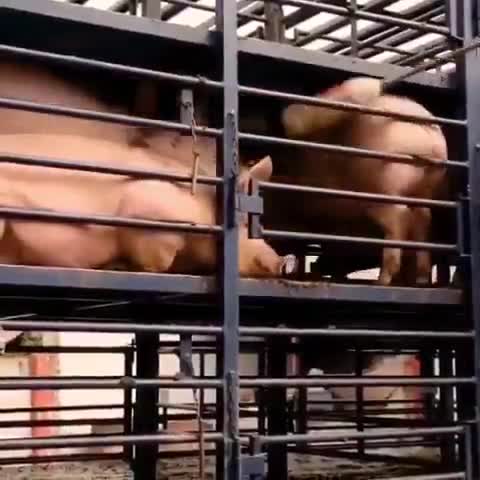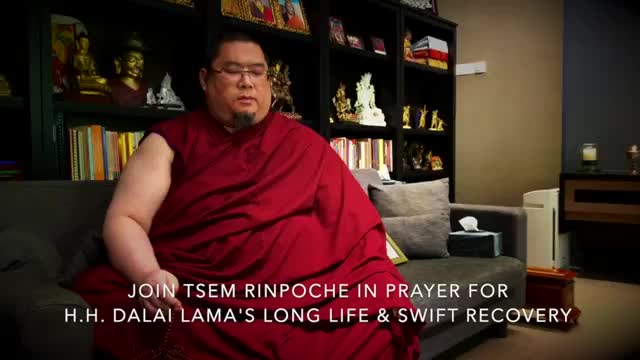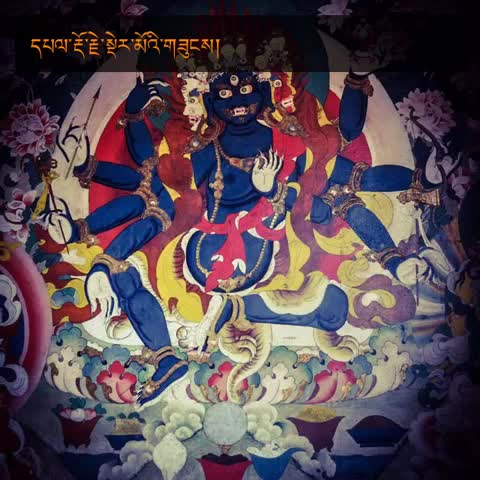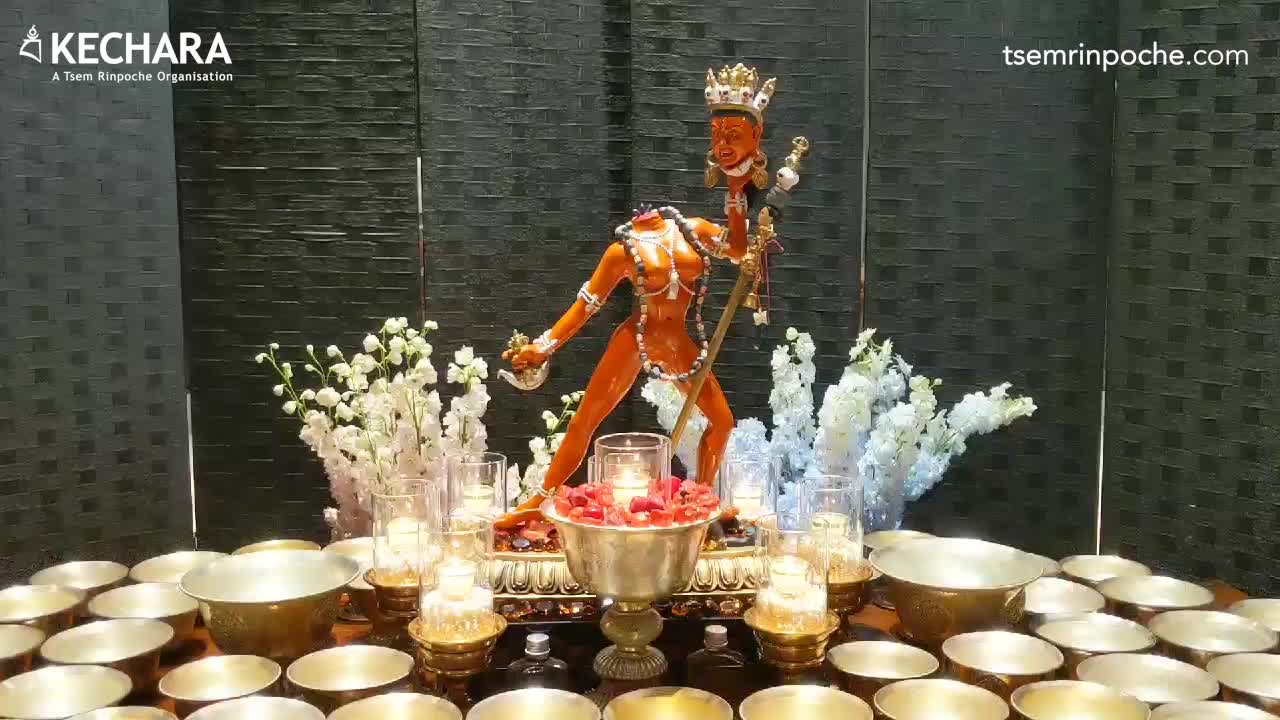Question asked by Sherab
Where can I find a sadhana to Saraswati? I can't seem to find any and the closest I found was in Hindu style instead.
Is Saraswati's mantra "Om Sarasiddhi Hring Hring", "Om Hrih Mahamayange Mahasarasvatyai Namaha", "Namo Saraswatyai", or "Om pichu pichu prajna vardhani jvala jvala medhavardhani dhiri dhiri buddhivardhani svaha"?
What are the views of abortion in Buddhism? I disagree with it, but what are Buddhist views?
Who are the masters of Saraswati practice? I know Ra Lotsawa is of Yamantaka, but who are the ones for Saraswati?
Where can I find more information of Saraswati, her Buddhist practice, her Buddhist mantras and syllables, and self-initiation?
Does the visualization and depiction of Saraswati matter? Is it fine to use the Bali/Indonesian, Japanese, or Hindu depictions of Saraswati instead of Tibetan ones when using her image and visualizing her? Can she have 4 arms while holding a veena, crystal mala, and book in visualization, two arms holding a lute, or 8 arms carrying various weapons? Will her eyes, face shape, and clothing also matter? If so, where can I find details or instructions on her proper visualization?
If worshiping unenlightened deities is a bad thing, why is there a sadhana here to the unenlightened Namkar Bardzin?
If Methar isn't enlightened, why is there a mantra and prayer to him here?
Is Hindu enlightenment the same as Buddhist Nirvana?






































































































































































































































Dear Sherab,
I do not have Saraswati’s sadhana but there is a praise and mantra that you can recite as a sadhana in the prayers and sadhana section of Rinpoche’s blog. You can search there if you are interested. (Click here – https://www.tsemrinpoche.com/tsem-tulku-rinpoche/prayers-and-sadhanas/sadhana-prayers.html ) The mantra from our tradition is OM SARASIDDHI HRING HRING and it depends which authentic tradition of Saraswati you want to get connected to.
An example of Saraswati is Lama Tsongkhapa who received her initiation and practiced her sadhana devotedly. He had constant visions of her as a result of his practice. If you want to seek out the initiation and practice of Saraswati, it would be good to get in contact a center with a proper lineage master and not just an online resource. You can contact a Tibetan monastery in India or a centre that is headed by an authentic lineage master and closest to you for more information.
Otherwise, you can just connect with Saraswati using the prayer and mantra offered here in the prayers and sadhana section. The proper visualization would depend on the sadhana and lineage you are practicing. Do not mix and match visualizations and mantras from across various traditions because each complete sadhana is designed to achieve a certain result and mixing them up will put you in danger of having no result from your practice.
Abortion is considered an act of killing a being. In the Buddhist view, the mind has already entered and taken rebirth upon conception and purposely aborting the foetus is tantamount to killing the unborn baby. Hence, there is heavy karmic repercussions but there are circumstances in which abortion is required in which the birth will create serious problems for the parent and these and other cases where there can be an exception and abortion is required. It really depends on the circumstances of the abortion.
With regards to Methar and unenlightened deities, its not that they are bad but as Buddhist, we do not take refuge in them because they themselves have not reached enlightenment and cannot guide us in that sense. The practice of Methar is not meant for people to have him as a sole practice or worship but as something that supplements our current protector practice of Dorje Shugden. Just to give you an idea of what that means – Sometimes, we don’t go to the minister (Dorje Shugden) to solve our smaller day-to-day worries, we go to one of his subordinates (Methar).
Hindu enlightenment is called Moksha, a liberation from death and rebirth. In the Buddhist tradition, there is Nirvana with a similar definition. However, there are technical differences in the views between the 2 traditions, mainly stemming from the Hindu belief of the soul (atman) and the Buddhist rejection of it. Anyway, Nirvana or cessation is not the final destination for Buddhists, it is actually complete Enlightenment or it is sometimes called the Union of No More Learning in which we have overcome the 2 obscurations and have completely realized Bodhichitta and Emptiness. There is no equivalent in Hinduism. I hope this explanation helps you.
Thank you.